When is The Best Time to Safari in Africa
When Is The Best Time To Go On Safari in Africa?
Embarking on an unforgettable African safari is a dream for many adventurous travelers. The vast landscapes, diverse wildlife, and rich cultural experiences make it an absolutely incredible journey to take. But, to truly make the most of your safari experience, it’s essential to know the best time to go. In this safari planning guide, we will help you discover the perfect time to embark on your African safari adventure.
Timing is everything when it comes to planning a safari un Africa. Different seasons and months offer unique opportunities to witness the spectacle of the African wilderness. Whether you want to witness the Great Migration in the Maasai Mara, go gorilla trekking in Rwanda, or see the predators in action in Kruger National Park, understanding the seasons and their effects on wildlife behavior is key.
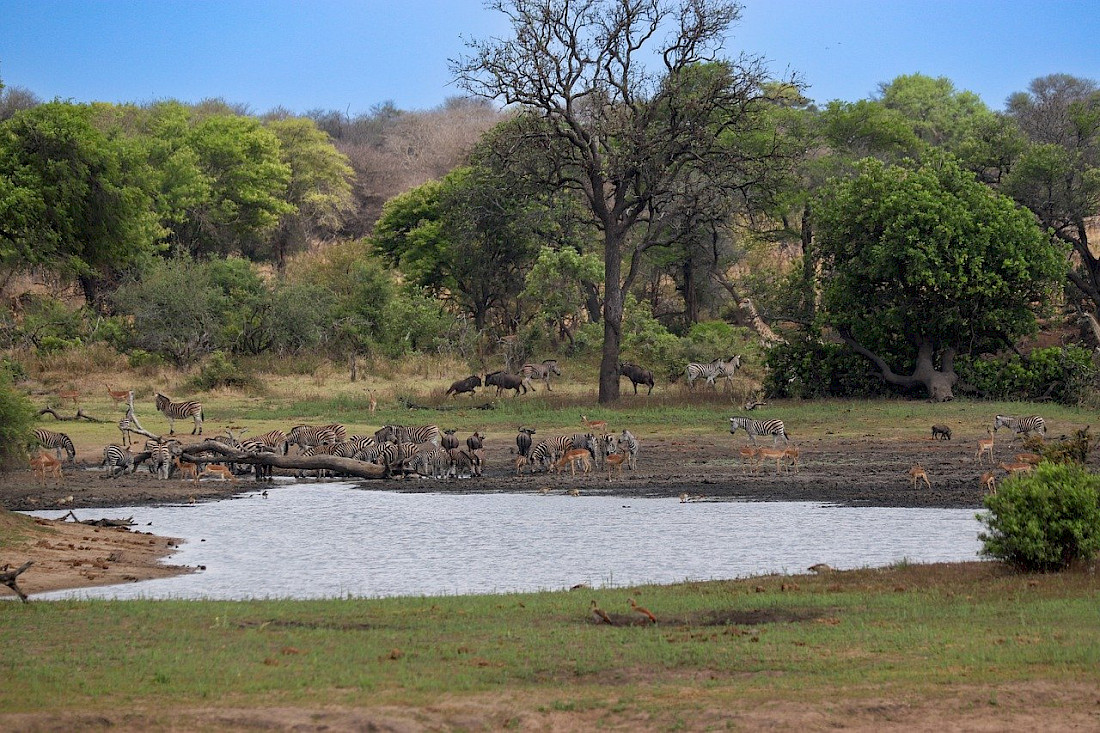
From the dry season with its concentrated wildlife sightings to the lush greenery of the wet season, we will navigate through the various factors that impact your African safari experience. By the end of this guide, you will be equipped with all the knowledge you need to choose the best time for your once-in-a-lifetime adventure.
Get ready to dive into the world of African safaris, as we unveil the ultimate planning guide to finding the perfect time for your unforgettable journey.
Factors to Consider when Planning an African Safari
Planning an African safari can be an exciting yet overwhelming task. With so many countries, parks, and wildlife experiences to choose from, it’s important to consider several factors when deciding on the best time to embark on your adventure.
1) Wildlife Sightings | One of the main reasons people go on an African safari is to witness the incredible wildlife in their natural habitats. Different seasons offer unique opportunities for wildlife sightings. During the dry season, when water sources become scarce, animals gather around remaining watering holes, making it easier to spot them. On the other hand, the wet season brings lush greenery, which can make it more challenging to spot wildlife, but it also means fewer crowds and lower prices.
2) Weather Conditions | Africa’s climate varies greatly across the continent, and understanding the weather patterns is crucial when planning your safari. The dry season generally offers warm and sunny days, while the wet season brings occasional rain showers and cooler temperatures. Consider your tolerance for heat, humidity, and rain when deciding on the best time for your safari.
3) Budget and Crowds | The popularity of certain destinations can greatly impact prices and availability. Peak tourist seasons, which usually coincide with school holidays and mild weather, tend to be more expensive and crowded. If you’re looking to save money and avoid crowds, consider traveling during the shoulder seasons, which fall just before or after the peak season.
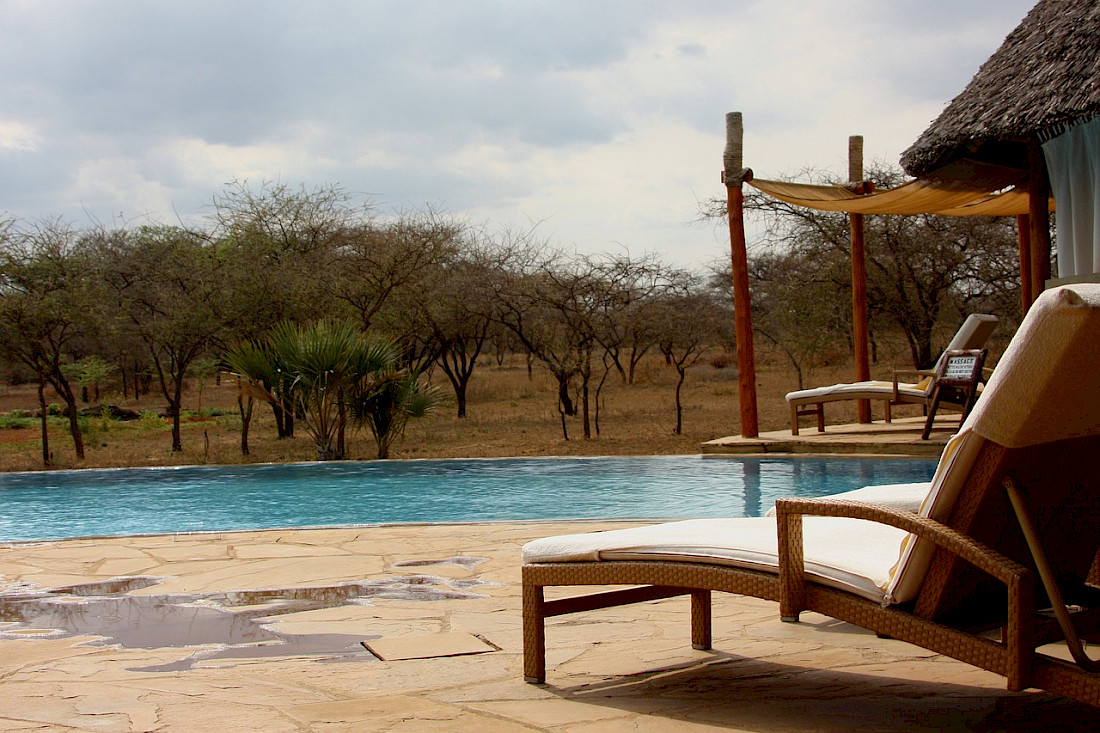
Best Time to Visit Different African Countries for a Safari
Africa is a vast continent with diverse ecosystems and wildlife experiences. The best time to visit each country for a safari can vary based on factors such as climate, wildlife migrations, and park accessibility. Here are some popular African countries for safaris and their recommended seasons:
1) Kenya | Kenya is famous for the Maasai Mara National Reserve and the Great Migration, where millions of wildebeest and other herbivores cross the crocodile-infested Mara River. The best time to witness this spectacle is from July to October when the wildebeest are in the Maasai Mara. However, wildlife viewing in Kenya is good year-round, with January to February being another great time to visit.
2) Tanzania | Tanzania is home to several iconic safari destinations, including the Serengeti National Park and the Ngorongoro Crater. The best time to visit Tanzania for a safari is during the dry season, from June to October, when the wildebeest migration is in full swing in the Serengeti. The months of January and February also offer excellent wildlife viewing opportunities.
3) South Africa | South Africa is known for its diverse wildlife, stunning landscapes, and excellent safari experiences. The best time to visit South Africa for a safari depends on the region. The dry winter months of May to September are ideal for game viewing in Kruger National Park, while the wet summer months of October to April offer lush landscapes and birdwatching opportunities.
4) Botswana | Botswana is a premier safari destination with its vast wilderness areas and abundant wildlife. The best time to visit Botswana for a safari is during the dry winter months of May to October when animals congregate around permanent water sources. The Okavango Delta is particularly spectacular from July to October when the floodwaters attract a myriad of wildlife.
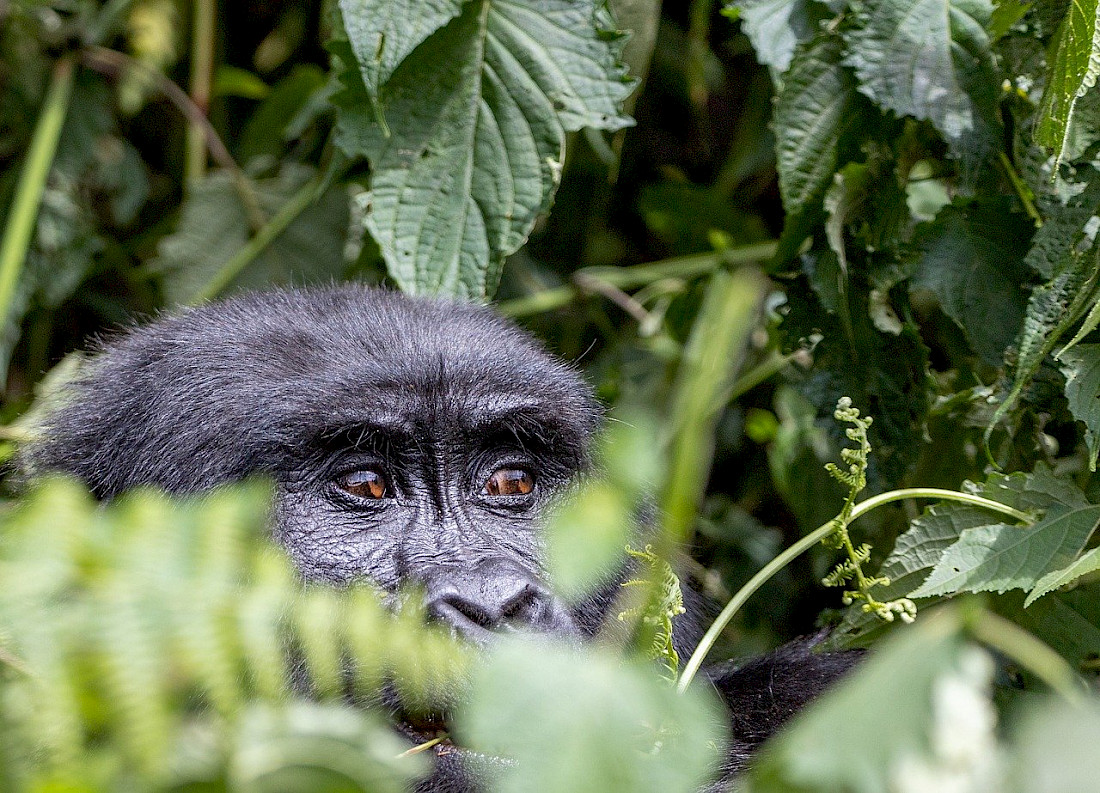
5) Uganda and Rwanda | If you’re interested in gorilla trekking, Uganda and Rwanda are the go-to destinations. The best time to visit these countries for gorilla trekking is during the dry seasons, which typically occur from December to February and June to September. The trekking conditions are more challenging during the rainy seasons, but it can be a rewarding experience for those seeking a unique adventure.
The Best Seasons for Safari Experiences
The weather patterns in Africa can greatly influence the safari experience. Understanding the impact of different seasons on weather conditions will help you plan accordingly and make the most of your safari adventure.
1) Dry Season | The dry season is generally characterized by warm and sunny days, with little to no rainfall. This makes it an ideal time for game viewing as animals gather around water sources, making them easier to spot. The dry season also offers clearer skies, which is perfect for photography enthusiasts. However, keep in mind that the dry season can be hot, especially in regions closer to the equator.
2) Wet Season | The wet season, also known as the green season, brings occasional rainfall and lush green landscapes. While the rain can make wildlife spotting more challenging, it also means fewer crowds and lower prices. The wet season is a great time for birdwatching, as migratory birds arrive, and the vegetation is at its most vibrant. It’s worth noting that some dirt roads in national parks may become impassable during heavy rains.
3) Shoulder Seasons | The shoulder seasons, which fall between the dry and wet seasons, offer a balance between favorable weather conditions and lower visitor numbers. These periods can be an excellent time to visit if you’re looking to avoid crowds and enjoy more moderate temperatures. Additionally, wildlife sightings during the shoulder seasons can still be impressive, as animals transition between different areas in search of water and food.
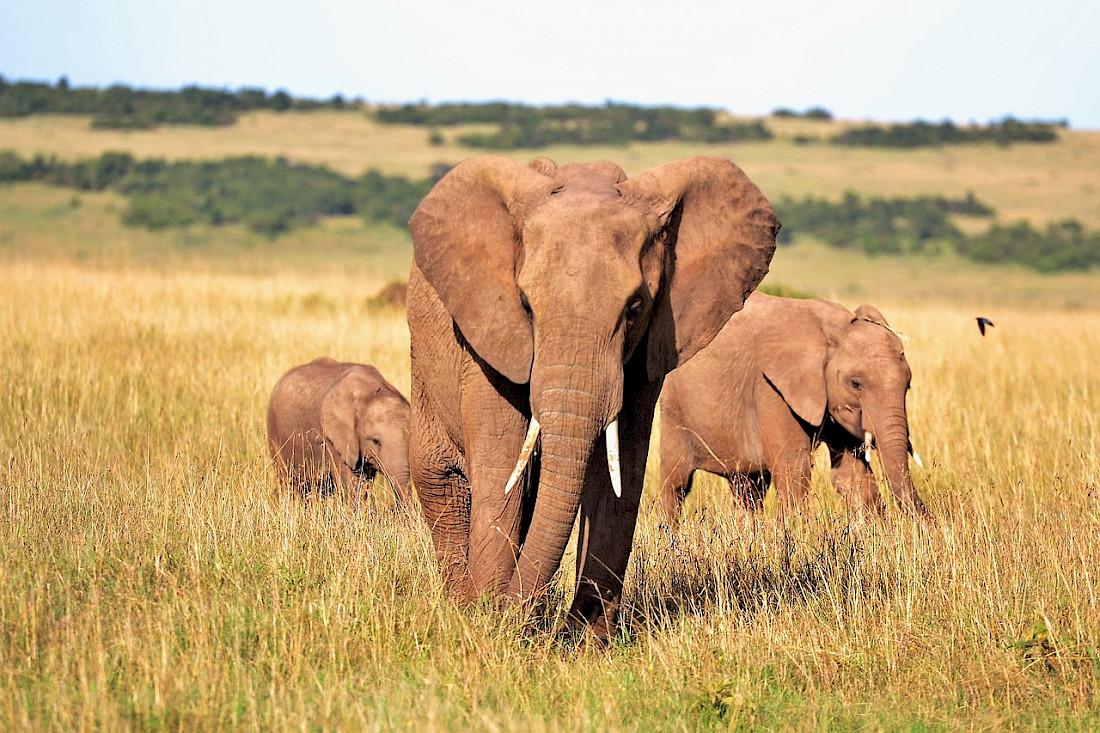
Understanding the weather patterns and their impact on wildlife behavior will help you choose the best time for your African safari. Consider your preferences, priorities, and tolerance for different weather conditions when making your decision.
Wildlife Migration and Safari Timing
The movement of wildlife across the African continent is a mesmerizing phenomenon that attracts travelers from all over the world. One of the most iconic wildlife migrations is the Great Migration, which takes place in the Maasai Mara and Serengeti National Park. Millions of wildebeest, zebra, and other herbivores travel in search of greener pastures, closely followed by predators like lions and cheetahs.
The best time to witness the Great Migration is during the dry season, from July to October. During this period, the herds gather around the Mara River, creating a dramatic spectacle as they cross the crocodile-infested waters. This is a once-in-a-lifetime experience that should not be missed if you’re planning an African safari.
Apart from the Great Migration, other destinations in Africa also have their own unique wildlife migrations. For example, in Rwanda, you can go gorilla trekking and witness the movements of mountain gorillas throughout the year. The best time to go gorilla trekking is during the dry season, from June to September, as the hiking trails are less muddy and the gorilla families are easier to track.
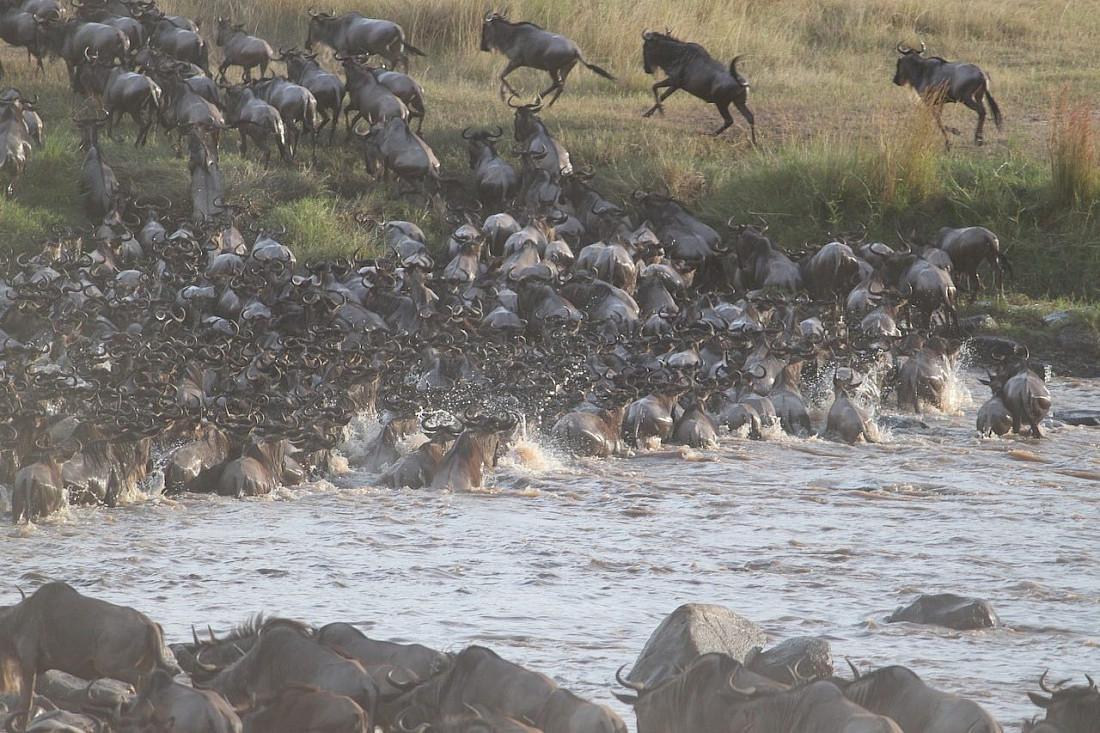
In Kruger National Park, South Africa, the dry winter months from May to September offer the best opportunities to see predators in action. The scarcity of water forces animals to gather around watering holes, creating incredible predator-prey interactions. This is an ideal time for wildlife enthusiasts and photographers to capture dramatic moments in the animal kingdom.
Understanding the timing of wildlife migrations in different regions of Africa can greatly enhance your safari experience. Whether you’re interested in witnessing the Great Migration or tracking gorillas, planning your trip around these migrations ensures you’ll be in the right place at the right time to witness these natural wonders.
Popular African Safari Destinations
Africa is home to a multitude of stunning safari destinations, each with its own unique wildlife and landscapes. Understanding the recommended seasons for these destinations will help you make the most of your safari experience.
In East Africa, the Maasai Mara and Serengeti National Park are the go-to destinations for witnessing the Great Migration. The best time to visit these parks is during the dry season from July to October. During this period, the herds gather in massive numbers, creating dramatic river crossings and predator-prey interactions. The months of July and August are particularly popular due to the sheer number of animals and the chance to witness thrilling river crossings.
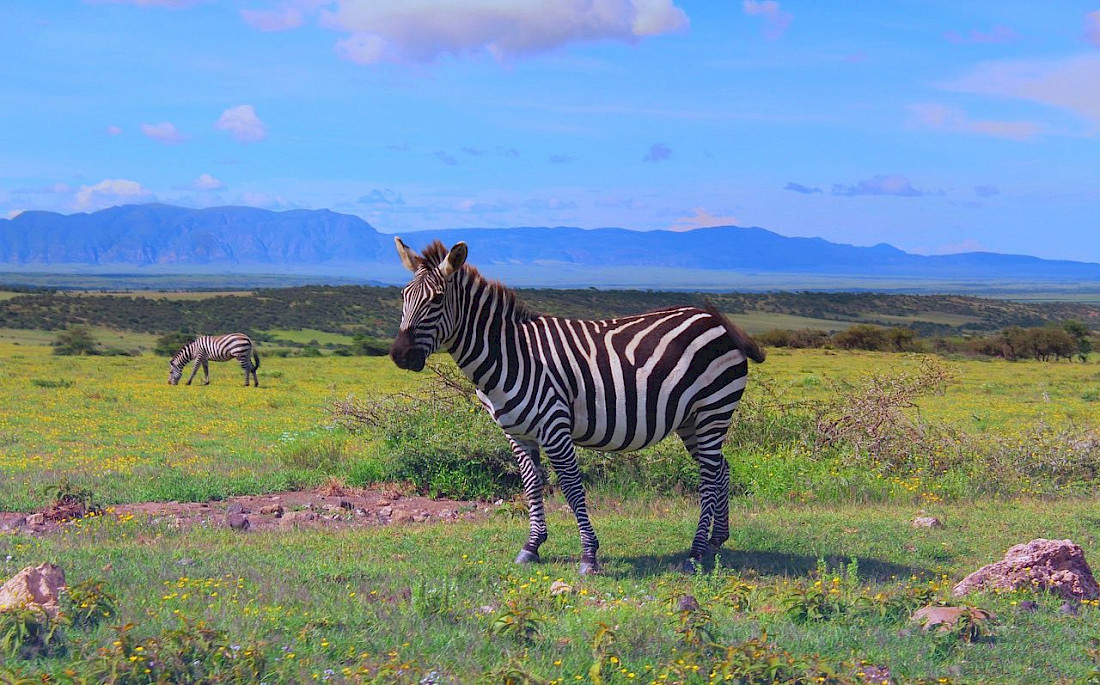
If you’re planning a safari in Southern Africa, Kruger National Park in South Africa is a must-visit destination. The park offers excellent wildlife sightings throughout the year, but the dry winter months from May to September are particularly rewarding. During this time, the vegetation is sparse, making it easier to spot animals, and the concentration of wildlife around watering holes creates incredible opportunities for wildlife photography.
For those interested in gorilla trekking, Rwanda is the ideal destination. The country is home to the endangered mountain gorillas, and the best time to go gorilla trekking is during the dry seasons from June to September and December to February. The hiking trails are less muddy during these periods, and the gorilla families are easier to track. This is a truly immersive and unforgettable experience that allows you to observe these magnificent creatures in their natural habitat.
Other popular safari destinations in Africa include the Okavango Delta in Botswana, the Ngorongoro Crater in Tanzania, and the Etosha National Park in Namibia. Each of these destinations has its own recommended seasons based on factors such as wildlife sightings, weather conditions, and accessibility. It’s important to research and plan accordingly to make the most of your safari adventure.
Planning Your Safari Itinerary on the Best Time to Visit
When planning your African safari itinerary, it’s crucial to consider the best time to visit each destination. This will ensure that you have the opportunity to witness the unique wildlife behaviors and natural phenomena that make each place special.
Start by identifying your top safari destinations and researching their recommended seasons. Consider factors such as wildlife migrations, weather conditions, and the activities you’re interested in. For example, if witnessing the Great Migration is a priority, plan your trip to coincide with the dry season from July to October.
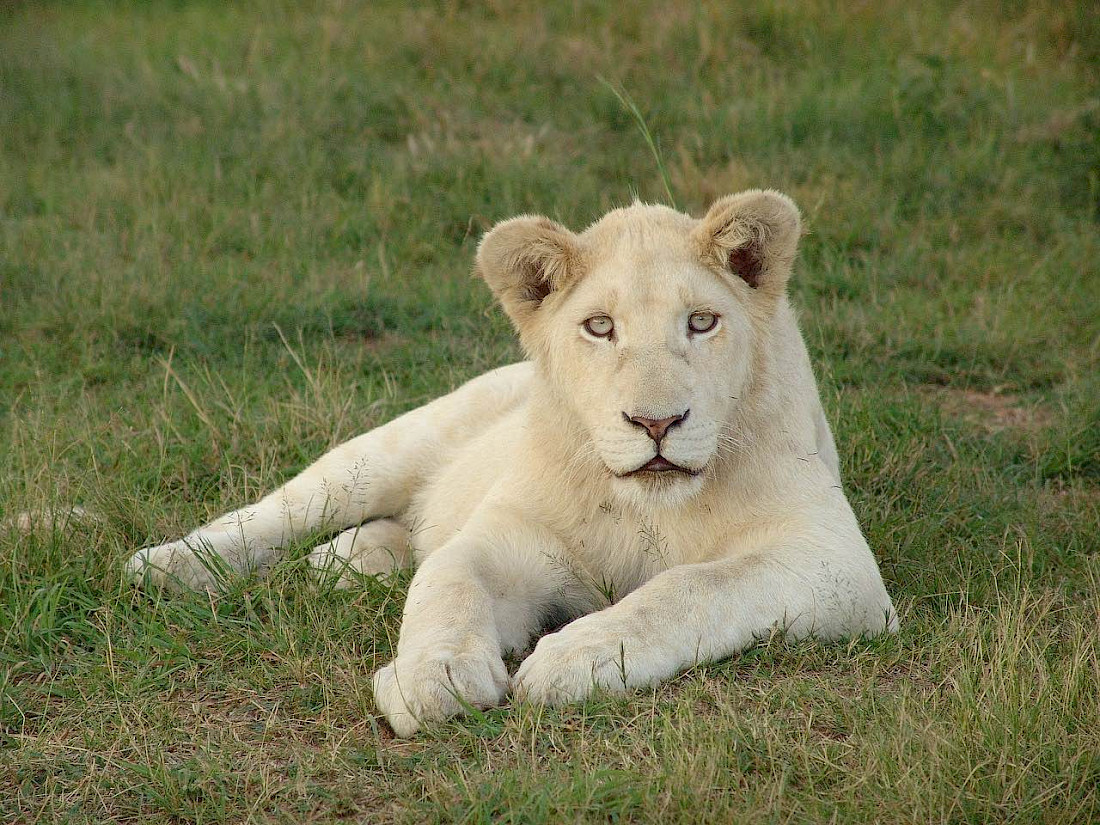
Next, determine the duration of your safari and allocate sufficient time for each destination. Some parks and reserves may require multiple days to fully explore and increase your chances of wildlife sightings. Balancing the number of destinations with the time spent in each location will ensure a well-rounded and immersive safari experience.
Consider the logistics of your itinerary, such as transportation and accommodation. Some destinations may require internal flights or long drives, so factor in the time required for travel between locations. Additionally, book your accommodations well in advance, especially during peak seasons, to secure the best options and availability.
Lastly, don’t forget to allow for some flexibility in your itinerary. Weather conditions and wildlife movements can sometimes be unpredictable, so having a flexible schedule allows you to adapt and make the most of unexpected opportunities.
By planning your safari itinerary based on the best time to visit each destination, you can maximize your chances of witnessing incredible wildlife encounters and create memories that will last a lifetime.
Packing Tips for an African Safari
Packing for an African safari requires careful consideration of the climate, activities, and conditions you’ll encounter. Here are some essential items to include in your safari packing list:
- Clothing: Pack lightweight, breathable clothing in neutral colors to blend in with the surroundings. Long-sleeved shirts and long pants protect against sunburn and insect bites. Don’t forget a warm jacket or fleece for chilly mornings and evenings.
- Footwear: Comfortable, closed-toe shoes or hiking boots are essential for walking safaris or hiking activities. Sandals or flip-flops are suitable for campsite or lodge use.
- Protection from the elements: Bring a wide-brimmed hat, sunglasses, and sunscreen with a high SPF to protect against the intense African sun. Insect repellent and a mosquito net are also essential to prevent insect bites and malaria.
- Camera equipment: Capture the incredible wildlife and landscapes with a quality camera and lenses. Consider bringing extra memory cards, batteries, and a sturdy tripod for stability.
- Binoculars: Enhance your wildlife viewing experience by bringing a pair of binoculars. This allows you to observe animals from a distance without disturbing them.
- Medication and first aid kit: Pack any necessary medication, including antimalarials if required. Prepare a basic first aid kit with essentials such as plasters, antiseptic cream, and painkillers.
- Travel documents: Don’t forget to bring your passport, visas, travel insurance, and any other necessary documents. Make copies of these documents and keep them in a separate location.
Remember to check the luggage restrictions of your airline and the specific requirements of your safari operator or accommodations. It’s also advisable to pack light and prioritize essential items to ensure ease of travel and convenience during your safari adventure.
The Best Time for An Unforgettable African Safari
Choosing the best time to embark on an African safari is crucial for maximizing your wildlife sightings and overall experience. Understanding the wildlife migrations, recommended seasons for different destinations, and planning your itinerary accordingly will ensure you make the most of your journey.
Whether you want to witness the Great Migration, go gorilla trekking, or simply immerse yourself in the beauty of the African wilderness, timing is everything. The dry seasons offer concentrated wildlife sightings, while the wet seasons bring lush greenery and unique opportunities for photography.
By considering factors such as weather conditions, wildlife behaviors, and personal preferences, you can choose the best time to embark on your unforgettable African safari. So, start planning, pack your essentials, and get ready for a guided trip adventure of a lifetime in the mesmerizing landscapes of Africa.
